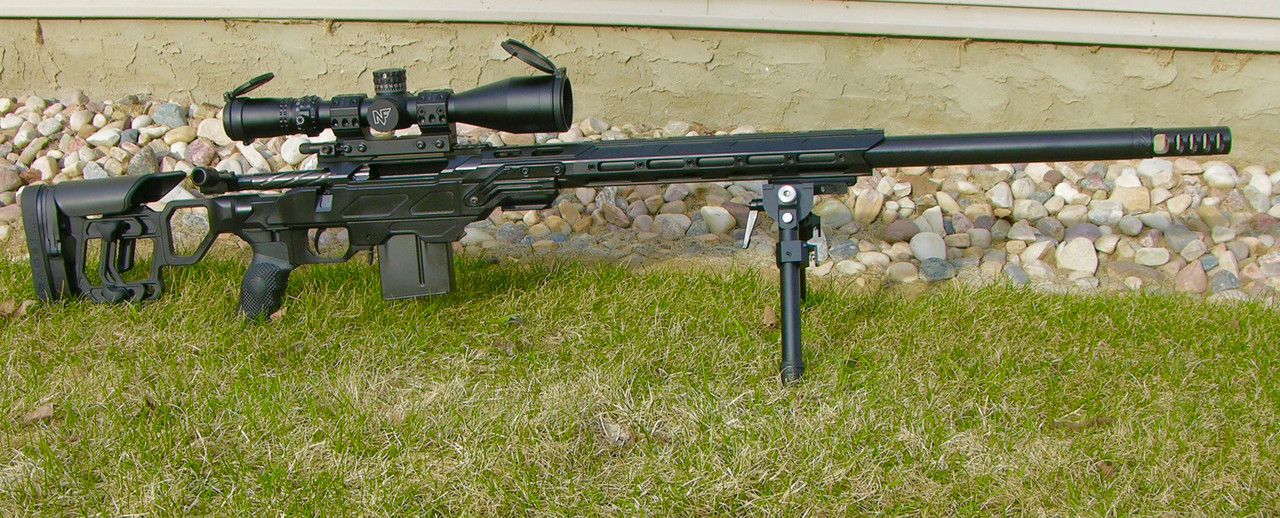Let me just start by saying I have no experience reloading and only shoot factory ammunition at this time. Perhaps I am missing something with the barrel length discussion but doesn't the amount of contact surface of the bullet play into the velocity out of a particular barrel with a fixed charge? I understand that when reloading the charge can be tailored to the resistance of the bullet in the barrel and the length of burn available in the length of the barrel but with factory ammunition aren't these things fixed? Wouldn't a bullet with less bearing surface (in this case the lighter bullet) in the barrel produce higher velocities? Isn't this why I hear the Berger 215 Hybrids produce higher velocities than the 210 VLD/s? It would seem completely plausible to me that the fixed burn of the factory powder load would reach a point of diminishing returns. This point would obviously vary depending on powder burn rate, resistance of the bullet, etc. Because the debated barrel length test was using a fixed factory load that was not tuned to the varying barrel length each time it was cut would it not simply show the optimal barrel length for that exact load (lot number, powder, bullet, etc)? Clearly if max velocity is reached with a particular charge and bullet out of say 24 inches of the barrel, to utilized the potential velocity of more barrel length the load would need to be modified, would it not? The way I understand it the optimal barrel length then would be different for a reloader than a factory ammo shooter. Maybe I am missing something but that is what seems logical to my untrained ear.
The 142 load was not a factory load but a hand load. The barrel would be much, much longer before you started seeing velocity loss.



